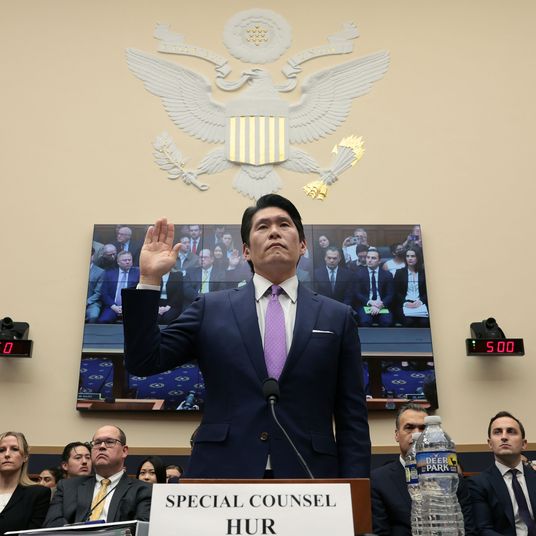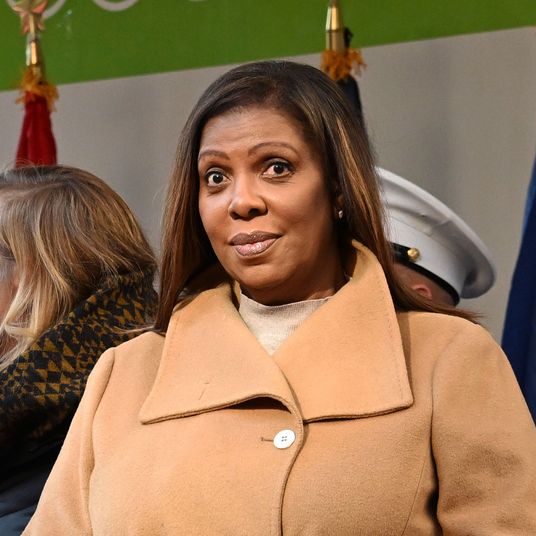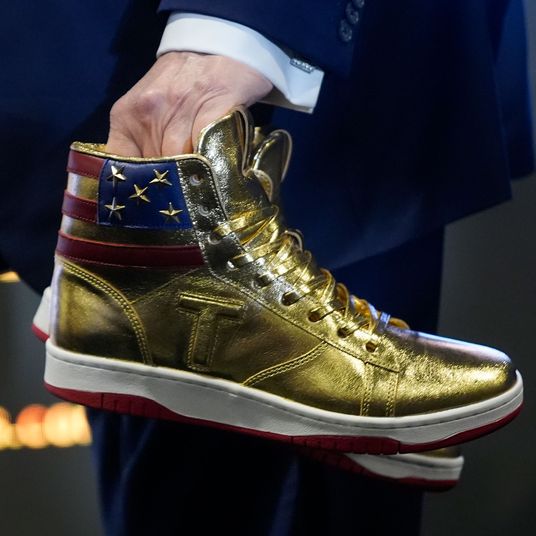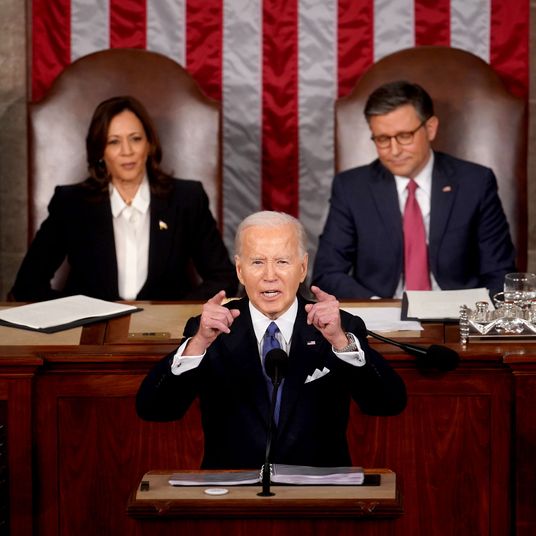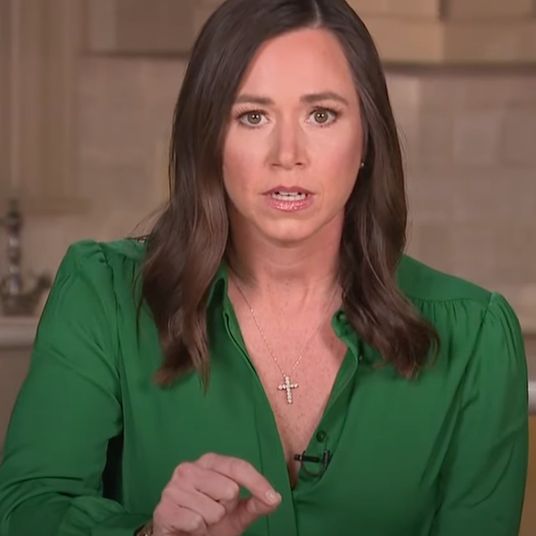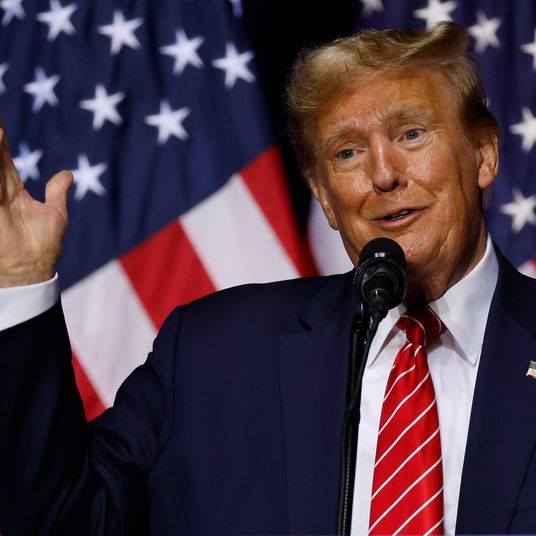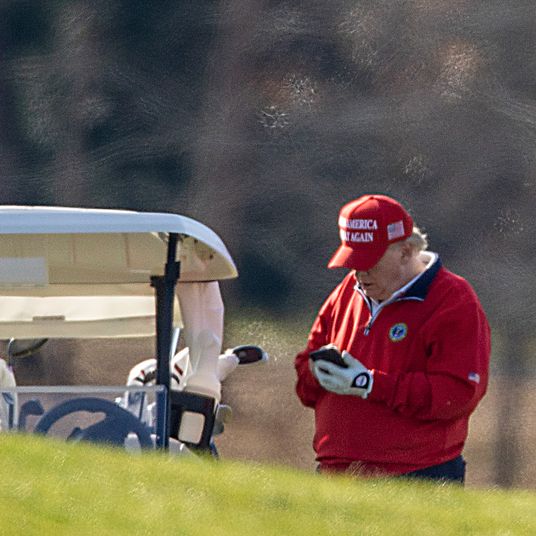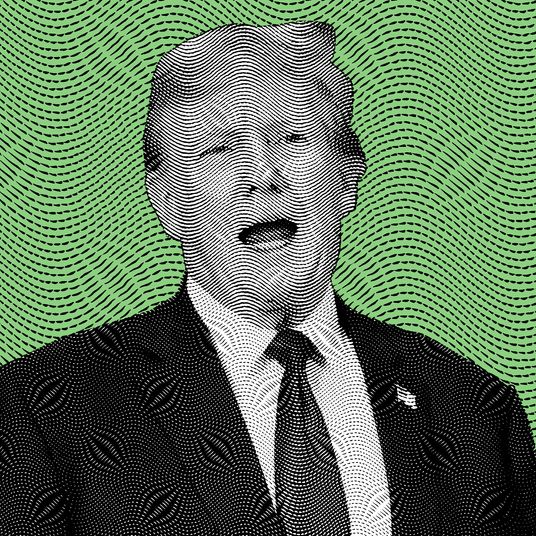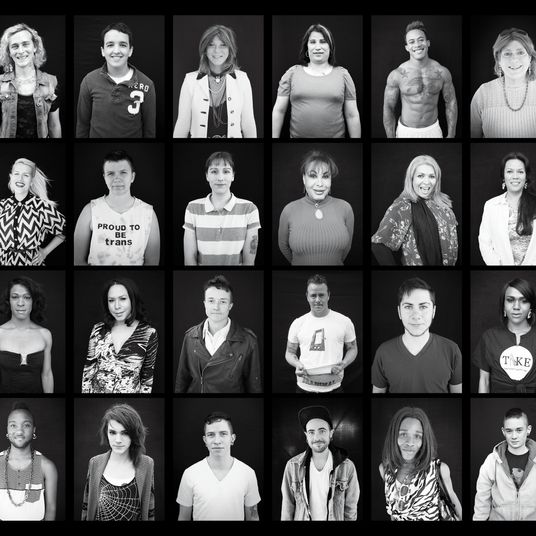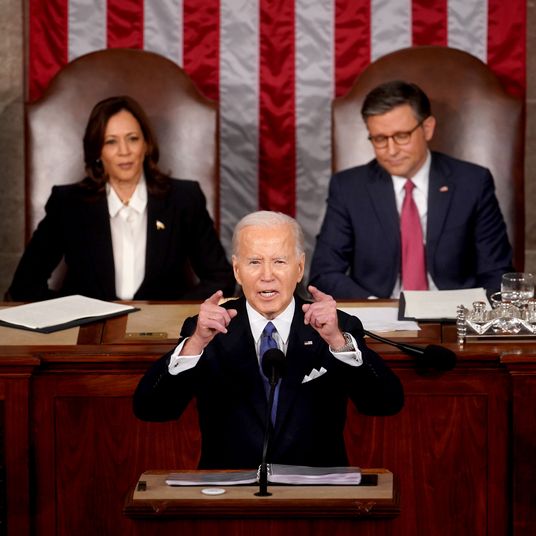A recent survey found that New York City bled hundreds of thousands of residents in 2020 and 2021, with the pandemic taking a significant toll. Anecdotal evidence suggests that the trend might at least partly reverse itself in 2022, but the structure of the city may be transformed permanently. The outer boroughs are recovering far faster than midtown. More and more corporations are relocating to Brooklyn and Queens, where many of their employees live, or out of the city altogether.
Politicians and local business leaders are furious over the refusal of many white-collar workers to return to Manhattan offices. Mayor Eric Adams and Governor Kathy Hochul have repeatedly begged private companies to wind down remote work and bring their employees back to downtown and midtown. And there are undoubtedly negative financial consequences stemming from the disappearance of these office workers. Small businesses in the vicinity of these offices have suffered greatly with the decline in foot traffic. Large commercial landlords are grappling with vacancies, and it’s very possible, as more companies reach the end of their long-term leases, that certain office buildings could empty out entirely. Just 8 percent of Manhattan office workers worked in person five days a week from the end of April to early May, according to a survey from the Partnership for New York City, a business group.
But rather than bemoan this state of affairs, Adams and Hochul should fully gird for it and even embrace the reality that the office workers who can stay home will. Before the pandemic, New Yorkers had the longest one-way commute times in the country, as rising rents forced more middle-class workers to live farther away from their Manhattan jobs. The 24/7 subway remains a New York miracle, but no one outside of transit workers should be spending hours of their day there. Parents miss time with children, meet-ups with friends are canceled, and fewer hours are available to tend to physical and mental health.
And while it can be beneficial to socialize at work, it’s healthy to keep a personal life in its own sphere. Before the pandemic, white-collar workers faced the worst of all worlds: The growth of technology had brought the office home without allowing employees to shirk their grinding commutes. Emails could be answered at 9 or 10 p.m. after disembarking from the subway. The era of leisurely, Mad Men–style lunches and hard 5 p.m. stop times had long vanished. Any person who has endured a full-time office job knows the pain of busywork. In-person work demands employees appear busy and stay late to demonstrate to the boss they can work hard. Efficiency is discouraged; if you’ve diligently done all your work for the day by 2 p.m., you can’t just leave. A boss, instead, invents new tasks or employees hunt for quasi-meaningless work to perform before the day is over.
At this point, a large number of companies have realized they can remain profitable while respecting the wishes of workers who want to stay home or come to the office sparingly. And they’ve absorbed the fact that there is little logic, in 2022, to forcing entire offices to commute hours at a time to a fixed space in the city’s most expensive borough. This is what the future looks like. It’s frightening for the commercial real-estate industry but fine for most others, especially workers in their 20s and 30s who couldn’t enjoy the perks of pre-internet office work, like a lack of tech surveillance, and value spending time at home with friends and family.
Of course, there is a greater reason Hochul and Adams can’t celebrate the liberation of the Manhattan office worker: Real-estate taxes matter a lot, and the collapse of the industry, on the commercial side at least, would do great damage to the city. While plenty of office space is still being occupied in the business corridors of Manhattan, it’s vital for both Democrats to begin preparing for what is now inevitable. Midtown in particular must be reimagined, like downtown was after 9/11, as a mixed-use residential and commercial neighborhood, a place where more New Yorkers can call home. It was not a fait accompli that Tribeca and the Financial District would become, in the 21st century, thriving residential neighborhoods. Rather, the Bloomberg administration, real-estate developers, and civic leaders planned for a revival that became, in the 2000s, a great New York success story.
At the minimum, Adams and Hochul must begin to convert, far more aggressively, vacant Manhattan hotels into affordable housing. There is a glut of hotel space and not enough housing, especially of the kind that can easily pull the unhoused off the streets. The legislation already exists to do this; now the political will and money must arrive to force through these conversions. And when possible — and this won’t be easy — vacant office space should be repurposed for housing. A new, vibrant economy can take root where the old one withered.
More on work
- When Posting About the Israel-Hamas War Costs You Your Job
- Confessions of an Asian Diversity Hire
- The Truth Behind ‘Quiet Quitting’





